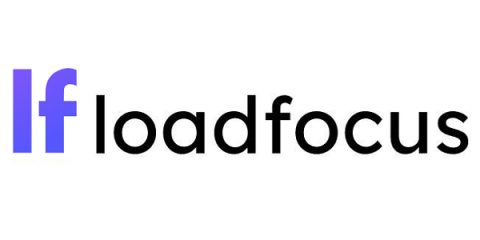How to Reverse Engineer APIs: The Benefits and Tools
Interoperability is one of the main reasons to reverse engineer APIs. Unlike a few decades ago, when software could exist in isolation, nowadays, a program runs on a complicated operating system and involves communication with several libraries created by different people. Reverse engineering APIs for interoperability involves API integration and learning new ways in which programs can exchange and use information.











